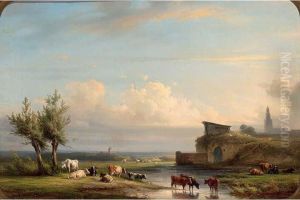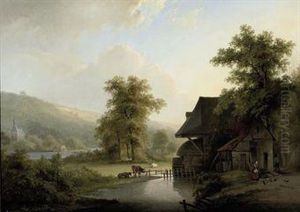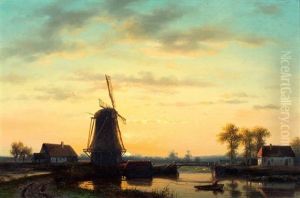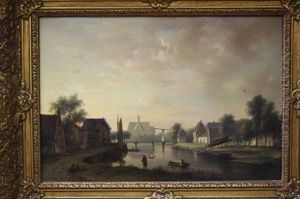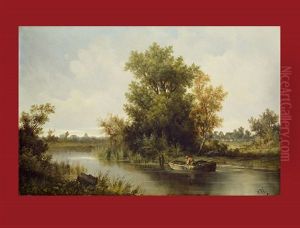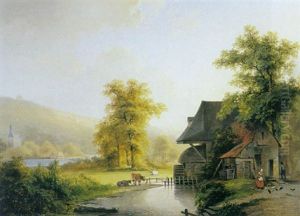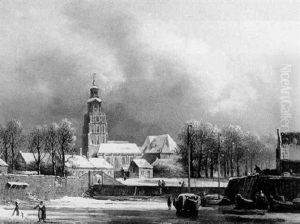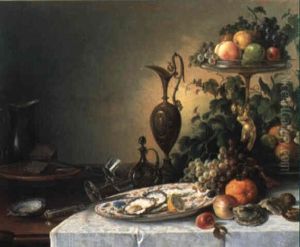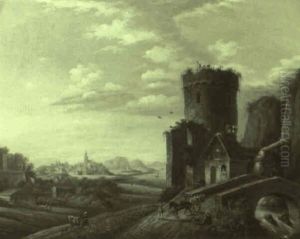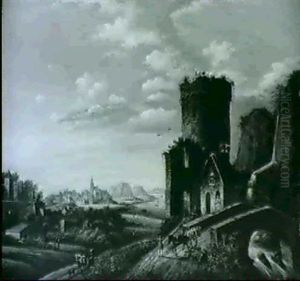Jan Jacob Fels Paintings
Jan Jacob Fels was a Dutch painter and graphic artist born in 1899 in Amsterdam, Netherlands. His artistic journey began in an era marked by significant socio-political upheaval and the aftermath of World War I, which influenced many artists of his time. Fels was part of the interwar period art scene, a time when there was a notable shift towards modernism and experimentation with new styles and forms.
Educated in the Netherlands, Fels was deeply influenced by the Dutch artistic heritage, yet he was also open to the evolving trends of European modernism. His work exhibited a blend of traditional Dutch sensibilities with the avant-garde movements of the early 20th century. Fels was known for his landscapes, still lifes, and portraits, which often carried a distinctive use of color and form, reflecting the influence of Expressionism and perhaps elements of Cubism.
The 1930s and early 1940s were challenging times for artists in Europe, and Fels's career was no exception. The rise of fascism and the onset of World War II dramatically affected the lives of many, including Fels and his contemporaries. Despite these challenges, Fels continued to produce work, although the war years saw a decline in his output and visibility in the art world.
Jan Jacob Fels's life was tragically cut short in 1943, during the Holocaust. Being Jewish, he was a victim of the Nazi regime's genocidal policies. His death marked the loss of a promising talent whose contributions to Dutch art were significantly impacted by the turbulent times in which he lived. Despite the brevity of his career, Fels's work remains a testament to the resilience of the human spirit in the face of adversity and the enduring power of artistic expression.
